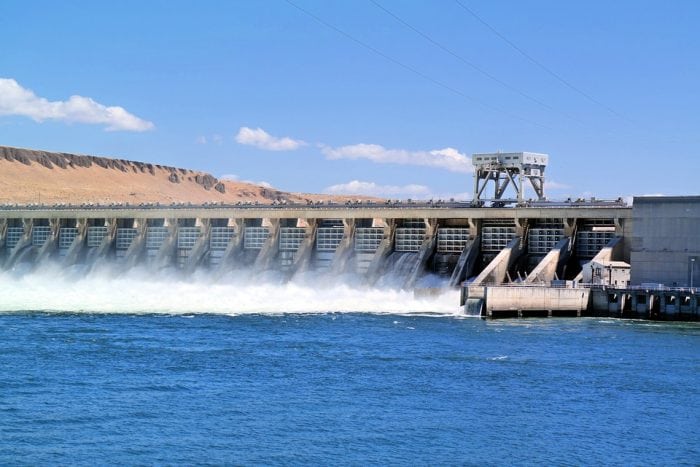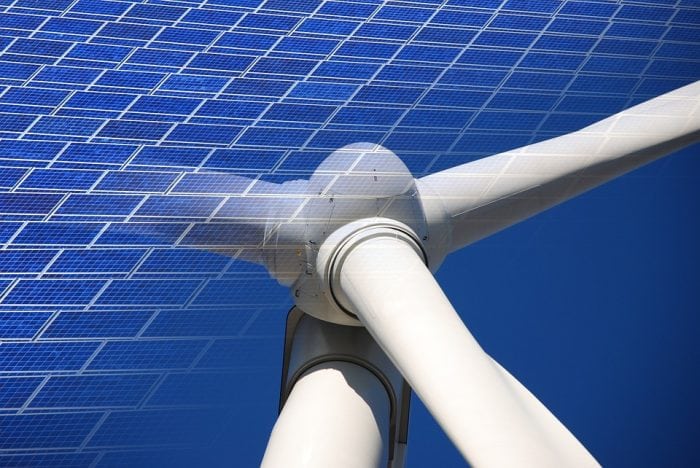
California has reached another milestone in its efforts to cut emissions of greenhouse gases. Not only that, but California has hit its target significantly ahead of schedule, reaching its 2020 goal in 2016.
This past Wednesday the California Air Resources Board released a dataset which detailed declines in the state’s greenhouse gas emissions. Emissions of greenhouse gasses for the state of California dropped approximately 2.7% in 2016, the most recent year that data is available for. This translates to a reduction of approximately 430 million metric tons of greenhouse gas emissions. That’s just slightly below the approximately 432 million that the state of California emitted during 1990.
Hitting A Milestone Two Year Early
The state’s emissions of greenhouse gases reached their peak in 2004 and were due to return to 1990 levels by 2020, though thanks to substantial efforts by policymakers, environmental researchers and activists the state has achieved the goal two years early. Emissions have dropped almost 13% since the year 2004. Some analysts believe that the 2008 financial crisis was partly responsible for cutting emissions of greenhouse gases, as Californians cut back on the amount of driving they did during the recession. Yet even as the economy improved, the emissions levels continue to fall.
The 2020 target was set by a law signed in 2006 by former California Gov. Arnold Schwarzenegger. Schwarzenegger celebrated the announcement of the results, saying that the decrease in emissions, while the economy continues to grow, shows that environmental conscientiousness and economic progress can go hand-in-hand and that it should “send a message to politicians all the country” that they needn’t reinvent the wheel, just follow California’s model.

Photo: russmac via Pixabay, CC0
The substantial decrease and levels of greenhouse gas emissions across California was driven by both stricter emissions standards and an increased emphasis on renewable resources over fossil fuels. The past few years have seen use of hydroelectric power in California increase by approximately 40% as rain returned to the region following a protracted period of drought. Solar power also saw a large increase in adoption, as both major solar power plants and rooftop solar arrays were installed across the state in record numbers. Generation of electricity from solar power grew approximately 33% in 2016 according to the figures released by the Air Resource Board. As utilization of renewable resources has increased within the state, use of fossil fuels has declined. Natural gas use dropped by approximately 15% in 2016.
The Transportation Sector’s Impact
While California has made substantial progress in reducing reliance on fossil fuels and cutting greenhouse gas emissions, there is still much more work to be done and California is preparing to tackle the issue head-on. The state is currently targeting another mandatory emissions drop by around 40% by the year 2030. It should be noted that while state analysts were fairly certain the 2020 goal would be met, they believe the 2030 goal to be more of a stretch.
In the year that that passed between 2015 and 2016, emissions of greenhouse gases in the state dropped by a full 12 million metric tons. This is an impressive achievement, but in order for the state to hit its 2030 goal, the emissions must continue to fall at approximately the same rate. Looking beyond 2030 to the year 2050, an executive order signed by California Gov. Jerry Brown mandates that by the year 2050, emissions should be 80% of 1990 levels.
The energy economist Severin Borenstein, from UC Berkeley, states that California will have to pursue reductions in emissions much more aggressively than they have in the past decade if they are intent on meeting the 2030 goals. Bornstein Identifies transportation as the primary source of greenhouse gas emissions in California and says that solving the transportation problem will prove to be quite a challenge. While general emissions have decreased throughout the state, emissions from the transportation sector actually increased during 2016, likely due to the availability of cheap gas and of the recovery of the economy from the recession. Though the state has thrown its weight behind the adoption of electric vehicles, there are currently only about 200,000 electric vehicles registered throughout the entire state. Borstein says that the failure to make progress on transportation will need to be seriously confronted if the 2030 goals are to be met.
Renewable Power Investments

Photo: seagul via Pixabay, CC0
While California may have failed to make progress on emissions from the transportation sector, California power plants have been getting substantially cleaner, curbing emissions and transitioning to cleaner forms of energy far ahead of schedule. Current state regulations mandate that utility companies make sure a full third of their electricity is sourced from renewable resources by the target date of 2030, and that by 2050 utility companies will be getting half of their electricity from renewable sources. As a benchmark for that number, San Diego Gas & Electric Co. is at 46% percent renewable energy, Southern California Edison is as 34% renewable and Pacific Gas and Electric Co is at 34%, making three of California’s major power providers more than a third of the way to the 2050 goal. Not only is that vastly ahead of schedule, but the state currently produces so much solar electricity that not all of it can be used at midday.
The goal of the yearly greenhouse gas inventory conducted by the Air Resource Board is to account for all of the emissions of greenhouse gasses tied to California’s economy. There are limitations to the methods that the board uses to collect data, such as not accounting for wildfires, or potentially underestimating emissions of methane when methane has the potential to be more devastating as a greenhouse gas than carbon dioxide. A recent study found that methane leaks from fossil fuels facilities could mean that methane emissions are some 60% higher than previously estimated.

Photo: 12019 via Pixabay, CC0
The state of California is aiming to improve its ability to track emissions of methane, according to Tim O’Connor, head of the state’s energy policy for the Environmental Defense Fund. A new regulation enforced by the Air Resources Board will mandate that gas and oil companies perform quarterly inspections to find and fix leaks.
Chris Busch, the director of research for the consulting firm Energy Innovation says that despite the federal government’s current hostility to climate programs California is still on track to achieving its 2030 emissions goals. Says Busch:
I don’t see very many ways where we’re going to be significantly held back. I think we’re in a good position to keep leading on this.









